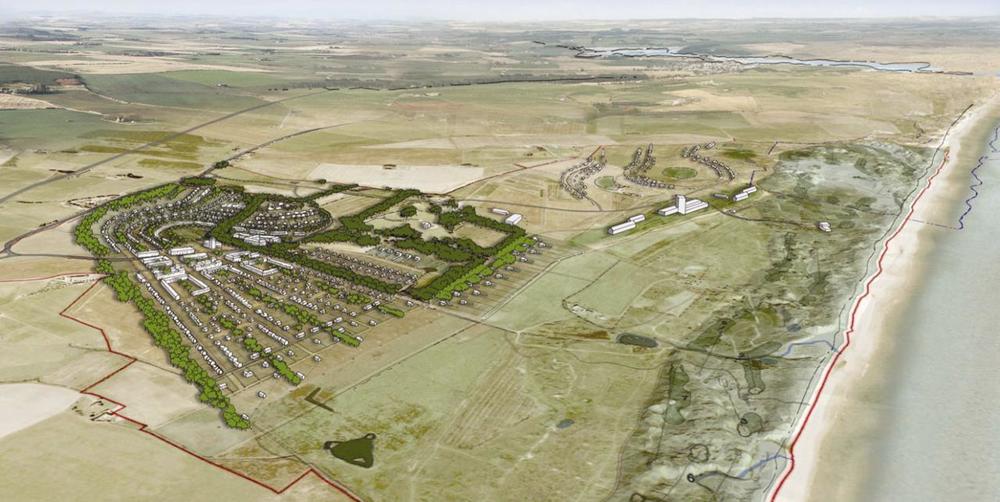are golf courses part of the problem?
/The "problem" being that developers seem unable to realise funding for tourism projects in Bermuda.
My attention was drawn to the role of golf courses by a City Parks blog post entitled "Fairways Under Fire: Are Little-Used Public Golf Courses Worth the Space?" by Peter Harnik and Ryan Donahue, originally for Landscape Architecture Magazine. In particular, my attention was drawn to these sentences:
Through a surprising misalignment of supply and demand, the decade of the 2000s was characterized by the frenzied construction of golf course communities coupled with a leveling off of participation.
Golf’s popularity is not keeping up with population growth nor with the explosion in the number of private golf venues; it’s also losing out to other self-directed activities like running and cycling.
Now, admittedly, the writers are speaking of public golf courses as part of the recreational facilities offered by cities; this is not an assessment of private golf resorts. Notwithstanding, it got me thinking.
In my experience, developers with access to sufficient land in Bermuda, will advocate the creation of a golf resort comprising an 18-hole championship golf course with residences - either in whole ownership or as fractionals - and a (boutique) hotel. Presumably, the investor package explains that greens fees will provide cash flow that either subsidises other components of the development or is the gravy on top of it all. Or not; perhaps potential investors already know that.
When you look at it, though, even The Donald is nowhere near completing his golf resort in Aberdeenshire, Scotland - and he fought relentlessly for that grant of planning permission. As described on the webiste of Trump International Golf Links, the development comprises
...a world class championship links golf course suitable for hosting major international events and a second 18-hole links golf course; an iconic hotel set amidst an array of luxury holiday homes; and a residential village formed within the unique setting of Menie Estate.
 project rendering, image: trump international golf links
project rendering, image: trump international golf links
The golf course on the shifting sand dunes opened in July this year but progress on the hotel and residences remains glacial. There is some doubt whether the project will ever be completed as initially intended, even when the global economy improves.
So, what does this mean for Bermuda? Perhaps the usual golf resort development is too far behind the curve now to secure funding - a version of "been there, done that"...? If that's the case, and I don't know that it is, we will need to figure out - and quickly - what the new best thing is and do it before anyone else.













